
We caught up with Anna Lyons, an end of life doula to hear her perspective on how people think about end of life, contemporary attitudes towards death and what it takes to work with those nearing the end.
Hi Anna, welcome to the Beyond blog. As a starting point, could you summarise what an end of life doula is?
AL: Hi. I think I can. An end of life doula is somebody that accompanies someone else at end of life. It doesn’t mean they’re necessarily there with them when they die, it’s really just about supporting people. Supporting their family, supporting their friends – whatever is appropriate and whatever they need during an end of life process really.

So, to a large extent, the role is about helping people come to terms with their death?
AL: Well, it can be. But I also think that it’s quite dangerous to say that you can do that sort of thing. I guess the thing that we all work towards is helping people find a better understanding of what’s happening. Perhaps some acceptance, but really the main idea is that you are there to support people to live as good a life as they possibly can right up to the very end. So, it’s not that you’re helping them die a good death, it’s that you’re helping them live as good a life as possible.
So, it’s almost like making the most of your final moments?
AL: Yes, and if you’re able to acknowledge that life is finite and that you’re coming to an end, I think people may be able to do and see things differently and perhaps be able to say goodbye and make decisions about what they want and what they need. I think when you’re ill, you feel as though all the control is being taken away from you, all the decisions are being taken away from you, and being a doula is very much about empowering people to take back control, so that the individual is making decisions. It’s also about empowering their friends and families to be able to be there for them.
I know you said it’s not about helping people come to terms-
AL: Well, in some ways it is. It’s what you want but not necessarily what you can achieve. It’s really important to not tell people we can do these things, because we don’t know if we can. Also, some people might not want to come to terms with it. If you have a 25-year-old who is dying and it’s really not fair, how do you find a way of making that seem okay? Of course, there are people who will embrace it and there are people that will say it’s okay and be very accepting of the situation. But there will be some people that aren’t and that’s fine too. Really, it’s about acknowledging their pain and saying ‘I hear what you’re going through and I understand everything you’re saying.’ But I think walking in and saying ‘I’m going to help you come to terms with this’ is arrogant.
I often talk about the individual as the axis around which all the medical and care teams spin and I’m just a part of that, an extra layer, someone that is less emotionally involved, so that if they feel they need to rant and rave and be really honest about things; they can. Likewise, I also often work as an advocate, because when you enter a medical environment you’re quite often being told very difficult things by medical professionals using medical terminology, and you don’t necessarily always ‘hear’ what’s being said or you forget the important questions you wanted to ask. I can take a step back, I’m able to take notes, prompt them to ask the questions or even ask for them, and keep talking to them about those important meetings and conversations afterwards.

It seems to me like a fairly new profession.
AL: I guess it is fairly new. Well, though the term end of life doula is new, I think what we do is actually incredibly old. People associate doulas with birth and I often feel that if I introduce myself as an end of life doula, people still don’t really understand what it is or what it means. Very often, someone will introduce me as someone who ‘helps people die’ and people will come to all sorts of misconceptions, like that I take people to Dignitas – which I absolutely don’t! You have to be very, very careful with the way you word things.
Death and dying remain quite sensitive topics, I guess. You’re seeing people at their most vulnerable, fragile state…
AL: Absolutely, and their families. People can really act out of character and do or say things that they wouldn’t necessarily do or mean otherwise. You just have to be incredibly careful. You’re with people who are going through things that they’ve probably never ever gone through before and are experiencing emotions that they’ve never felt, so don’t know what to do with them or where to put them.
I imagine you see a whole range of emotions as well.
AL: Yes, it’s quite interesting because I tend to work with people quite early on, so we talk about how they think they might feel and very, very often how they think they might feel is a million miles away from how they actually feel when it’s happening.
You’ve touched on two qualities that are really important in your line of work. The first is being adaptable…
AL: Absolutely. You have to be entirely person-centred and needs-led and you have to constantly revisit this because, as the illness progresses, their needs will change. As their emotional understanding progresses or regresses you have to constantly revisit those questions. Re-ask: ‘What matters to you?’, ‘What is your understanding of what’s happening?’, ‘What is really important?’ and ‘What do you need?’ and ‘How can I help you best?’ If you wanted to work in a certain way and that was the only way you were prepared to work, you couldn’t possibly do this job.
Ultimately, I’m kind of a blank canvas. I don’t come in as someone who is going to ‘do my thing’ at all. You have to be very aware of your own limitations. One of the most important meetings I have with individuals is talking about the things I can’t do for them and that there might be someone that could do the job better. Often, I am not the right person and you have to help them find someone who is the right person. My biggest thing is that everyone deserves to die with deference, everyone deserves to die with as good an end of life as possible, and you just have to put ego aside for that.
Absolutely. You also mentioned the importance of being able to detach yourself from what’s going on.
AL: Perhaps detachment is the wrong word. You have to be present but, because you’re not a family member, you have a different relationship. I’ve ‘looked after’ family members and friends and it’s so different. You might imagine that ‘working’ as a doula with a friend would be similar but it’s absolutely not at all. You’re a lot more emotionally invested. You bring a lot of your heart into doula-ing, it’s impossible not to. But you do have boundaries and there are very strict therapeutic boundaries, otherwise you wouldn’t be able to do your job.
I can imagine there must be certain cases and certain days where you’re feeling a little rough and it’s hard not to take anything home with you.
AL: Yes. It’s really hard. I’ve worked in palliative care for a long time and I’ve had to take breaks from it. Some things impact you more than others, some people impact you more than others. You can work with people for days and you can work with people for years and over years you build up relationships with people and their family and friends. Every case is different but there are some that really impact you because of the amount of time you worked with them or sometimes because of similarities with your own life. For instance, I worked with a little boy who died at a very similar age to my daughter’s and it was incredibly difficult for me because you’re able to put yourself there and you think that could have been mine…that could have been me.
I expect it can make being that ‘blank canvas’ you were talking about even more difficult. So, what led you to become a doula?
AL: My best friend died when I was 17 and I made the decision then that I was going to work with people at end of life. As a result, all of my further education was geared towards that.
Are there any formal qualifications required to become a doula?
AL: No. Sadly, not yet. You can do a course but there’s no government regulation or registration. I went to end of life doula school but I certainly wouldn’t have felt capable of working after that course if I hadn’t already clocked almost 20 years working in end of life care.

I guess that’s the kind of experience that will help. It’s not something you can really learn from a textbook.
AL: No, but you do need some kind of basics and, because you’re working with vulnerable people, there needs to be some kind of regulation. But I don’t know where it’s going to come from. I mean, 20 years ago, birth doulas were really frowned upon, the hospitals didn’t want them there at all, but now they’re wholly embraced as an extra layer of support. Hopefully, over time, when there is some form of regulation and we are seen as a legitimate ‘profession’ or essential role within the care team, we’ll start to be a bit more embraced by the medical community. At the moment, I think it is fair that they’re slightly wary because you can just decide you want be a doula and do it, without having had any experience or background.
I find it interesting that the profession isn’t regulated at all. It’s almost as if the government consider it on par with something like a hobbyist life-coach…
AL: It has to be regulated. I am constantly at odds with myself about even calling myself a doula. I don’t know if I should. I don’t know if it’s the right term because of the lack of the regulation and because I’m not ‘qualified’. Not that I haven’t done training, but that there’s nothing to actually be qualified in. I very much want to raise awareness for end of life doula-ing because when it’s done properly it’s absolutely incredible and it changes people’s lives. How someone dies and how they lived those last few months has an enormous impact on the grieving process of those left behind. Being able to help facilitate as good a life as possible for that person makes such a difference to the bereaved.
Do you see attitudes towards death in society changing? Are you finding people are more willing and more open to talking about mortality and death as something inevitable?
AL: No. No I don’t at all. I think we live in a little bubble. For example, my Twitter feed is full of people that are happy to talk about death, they are people I follow because they talk about death and dying and they embrace the fact that life is finite. So, I sort of kid myself into believing that actually attitudes are changing. I like to use the analogy of a Michael Moore film. The people that go and see a Michael Moore movie are the people that already agree with him. The people that needed to be watching that film won’t ever see it!
I think the only way we are going to make headway is if death and dying become part of the National Curriculum and they get taken into primary schools and we normalise talking about it. In my family, like the way little girls plan their perfect wedding, we sit around and talk about what colour we’re going to paint our coffins. We don’t talk about it in a way that requires a big ‘I’m going to sit you down now and tell you that life is finite’ moment, we talk about it like it’s a natural process. We all live, we all die, there’s no more of a big deal to be made of it than that. Now, when people die, we talk about it in whispers, we keep it away from children and we don’t let them go to the funerals. For example, when their goldfish dies, we replace it rather than letting them know their goldfish has died.
A lot of kids’ material on death does seem quite clichéd, allegorical and sometimes even disingenuous.
AL: I think we do kids a disservice by hiding the reality of life from them. We just have to acknowledge that we’re not here forever and it doesn’t have to be morbid and maudlin. My kids are not morbid and maudlin, they don’t really feel any which way about it, they just know it’s part of life. They know I sometimes feel sad because someone I work with has died. They acknowledge that they’re not going to live forever and that’s ok.
How adults react and how they deal with end of life and death very much informs how their kids do. Part of one of my jobs when I worked in a day centre with life limiting illness was to go into schools and talk to kids. I found, when you talk to them about it, they’re interested, they ask questions, they want to expand their minds and are eager to know. The children that aren’t curious are the ones that have been through bereavement and it has been hidden from them or not been dealt with openly.
Death just needs to be seen as normal. All living creatures have a lifecycle and lifespan and us humans are no different. There’s this amazing thing on Instagram called ‘They Didn’t Die,’ where this person has put together all the ways people get around saying someone has died in obituaries. It’s just absolutely brilliant. It’s about using the right words for things. They died. If we don’t use these words, we give them greater power, a huge impact. If you say death or you say dying, people shudder because it’s almost a swear word. We need to reclaim it.
As human beings, I guess it’s normal that all we can really understand is waking life and it’s natural to have some hang-ups about death.
AL: We’ve turned it into something else. By refusing to talk about it, we’ve put it on this huge pedestal and we’ve labelled it the most terrifying thing that can happen to anyone ever. When, actually, I’ve worked with a lot of people for whom it isn’t. They’ve lived a good life, they’ve loved and they feel like they’ve had a really beautiful time and they’re ready. When somebody dies in that way, it’s sad that you’re not going to see them anymore but there’s this real feeling that they have lived and that’s the wonderful bit.
There’s a grief ‘theory’ called Continuing Bonds that I really like. My grandad died when he was 97 but he taught me how to make these sand castles with stairs that lead up into the top of the castle. I taught my kids how to make them and they know that he was the one who took me to the beach and did it with me. So, when we go to the beach, we talk about him. Peoples’ influence carries on and impacts so much of our future. That’s a big part of it for me. Yes, they’ve died, but the impact they’ve made does continue to matter and often in a very positive way. Continuing the ties we have to the people who have died is normal and healthy. Death does not decrease or deplete our human attachments and acknowledging the lifelong impact someone has had is essential, I think, to finding a way to live with grief.
For me, it’s very much about remembering people with a smile on your face. That’s how I like to remember people close to me that have passed. I think that can happen with time for most people. I guess part of your role as a doula is to make that happen quicker…
AL: You can’t make that happen quicker. I don’t think grief gets any smaller, ever. There’s this really lovely theory by Dr. Lois Tonkin that says grief stays the same size. If you make a fist and that’s the size of your grief, for your entire life it will remain like that. What happens is that life grows around it. Life gives you things that help you, that feed you, that fulfil you, that nurture you. It doesn’t reduce the amount of grief for the person that you’ve lost ever, but it helps you get on with the everyday. Some days you can think about the person who has died and feel okay. Other days, your grief will feel as difficult and tragic as the day they died. But you get on creating a life around that grief. Grief is a process – there aren’t any steps or stages and everyone deals and copes with it differently. We should never ever judge people. Who are we to say that’s the wrong way to deal with it?
Anna, thank you so much for your time. It’s been incredibly interesting talking with you. Where can people find you?
AL: Thank you. If people are interested, there’s the Life, Death, Whatever website and we’re talking about putting on another festival together soon. I’m on Twitter and Instagram and people can contact me over email as well on [email protected]

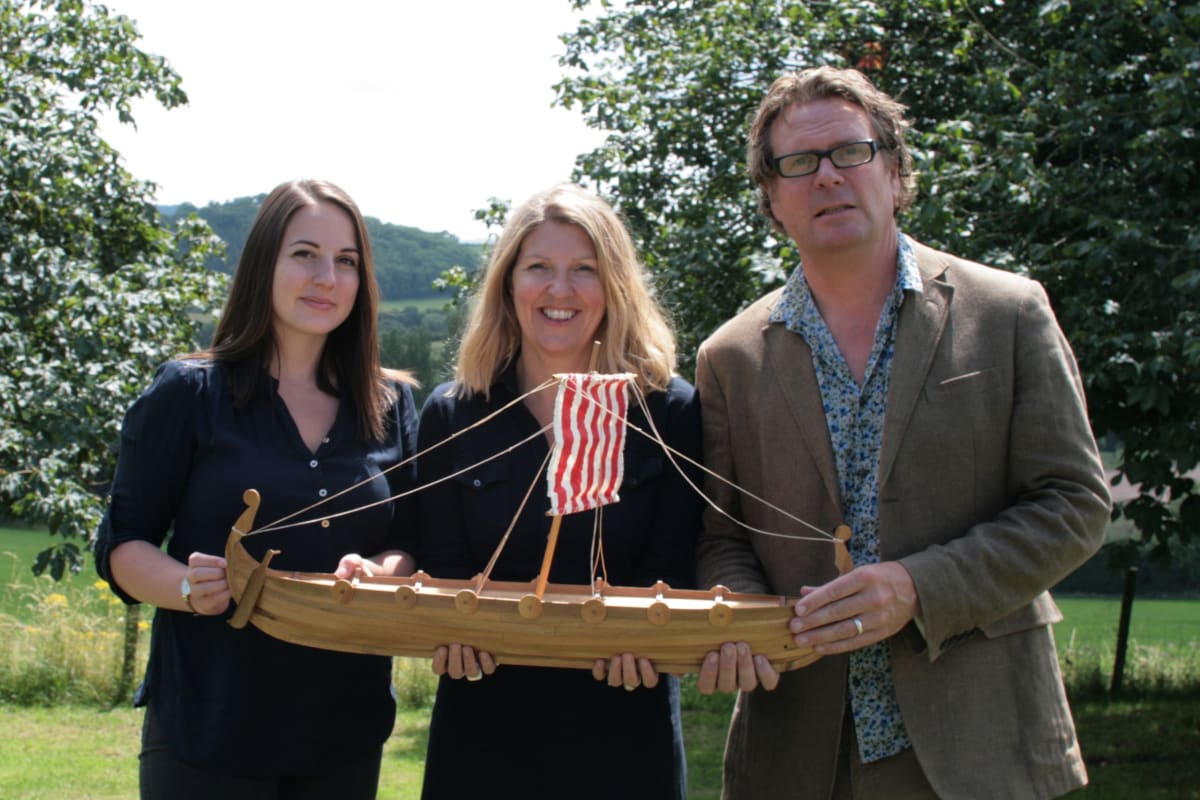

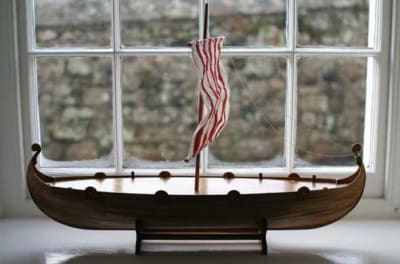
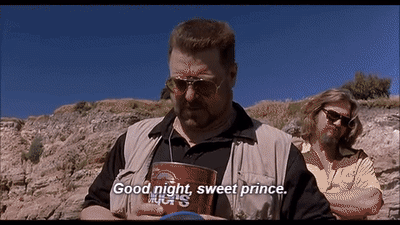
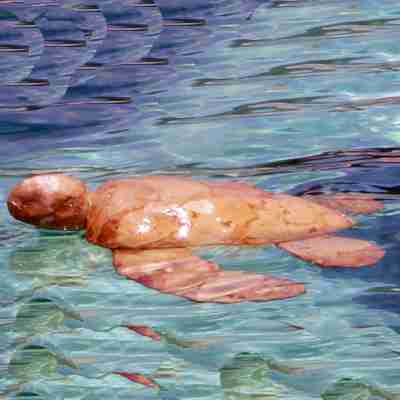


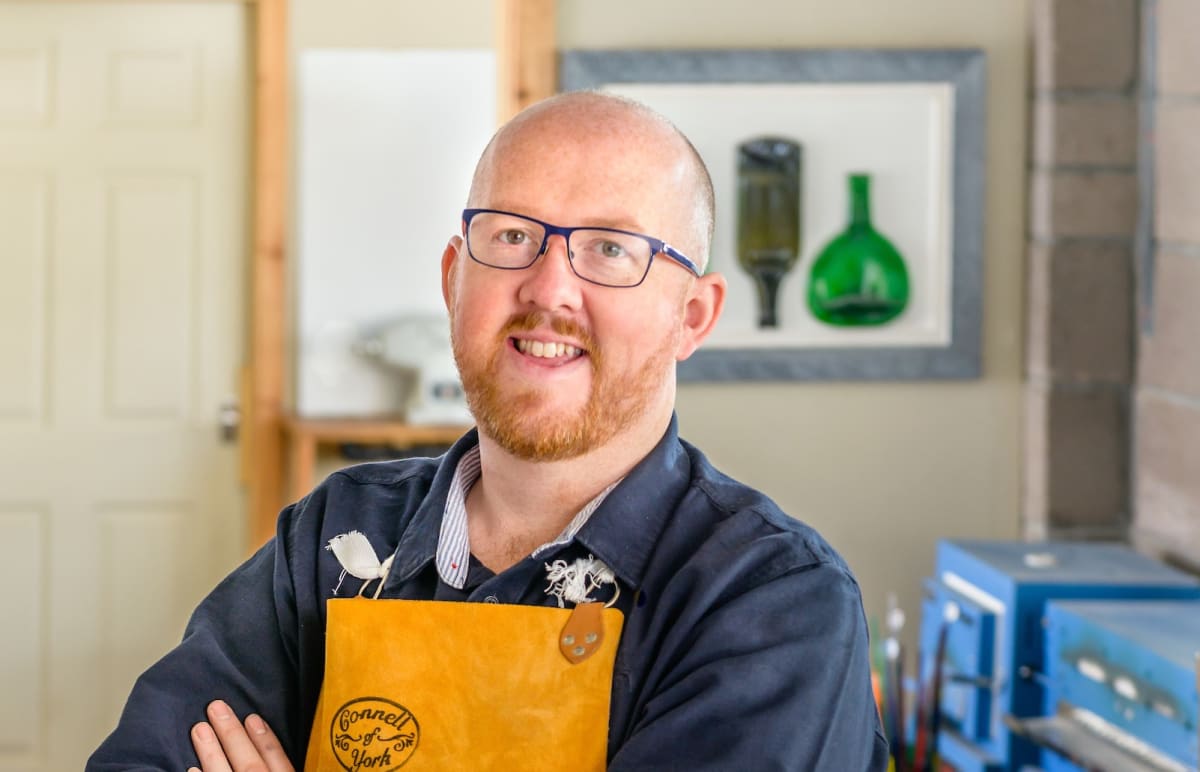


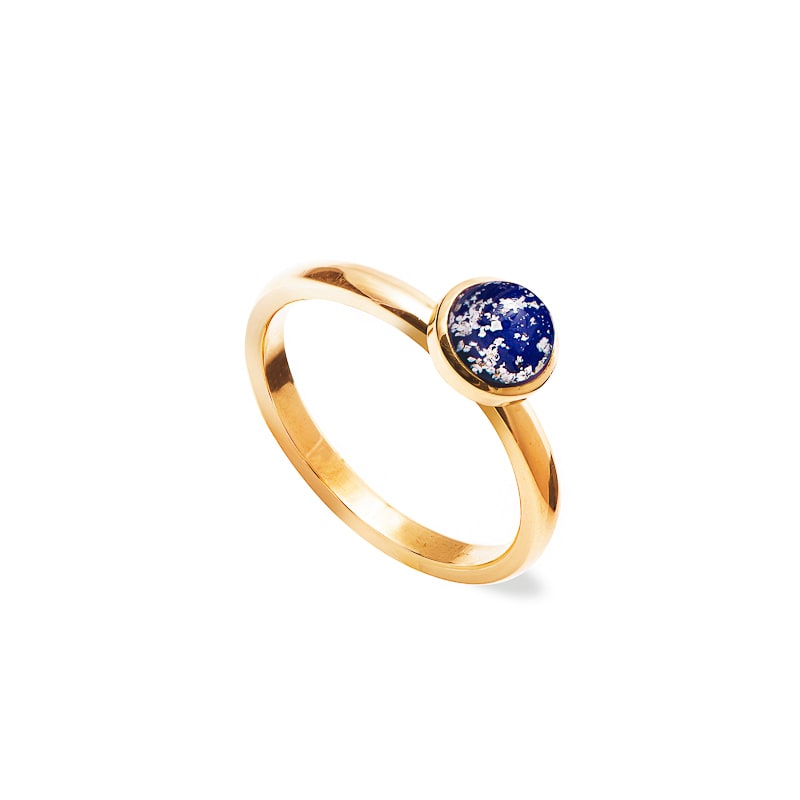
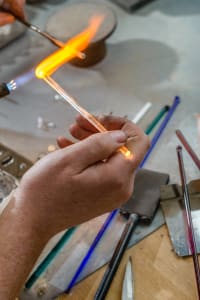
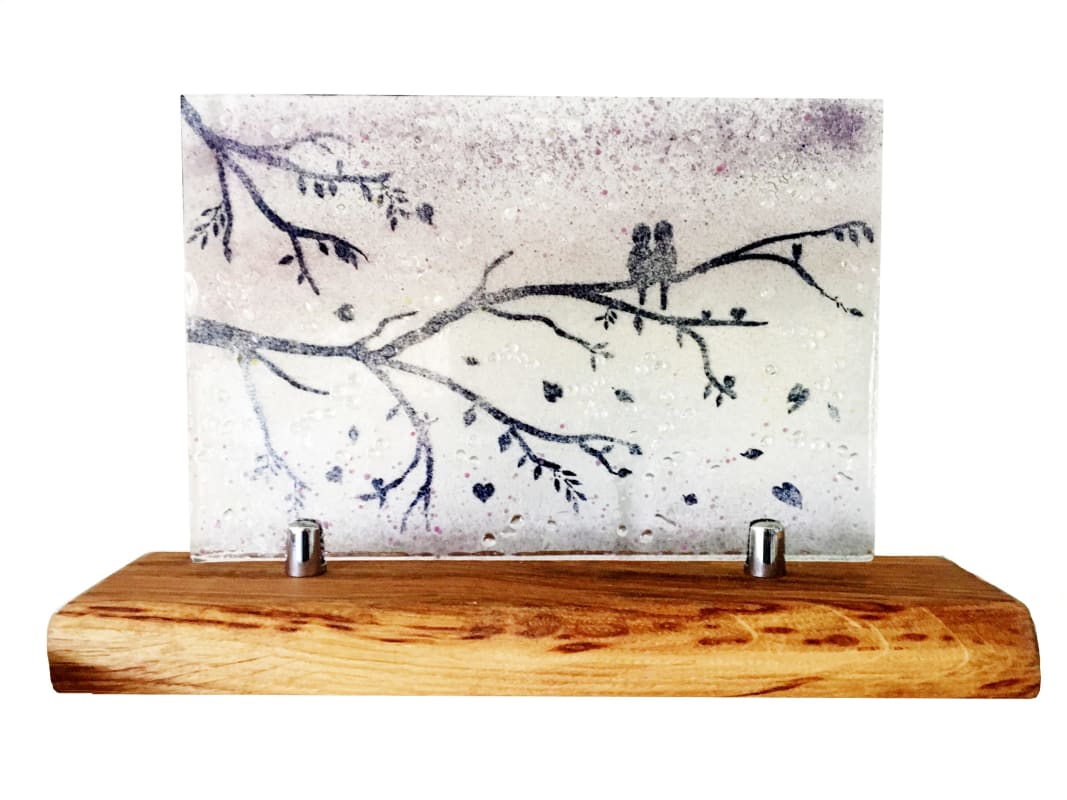
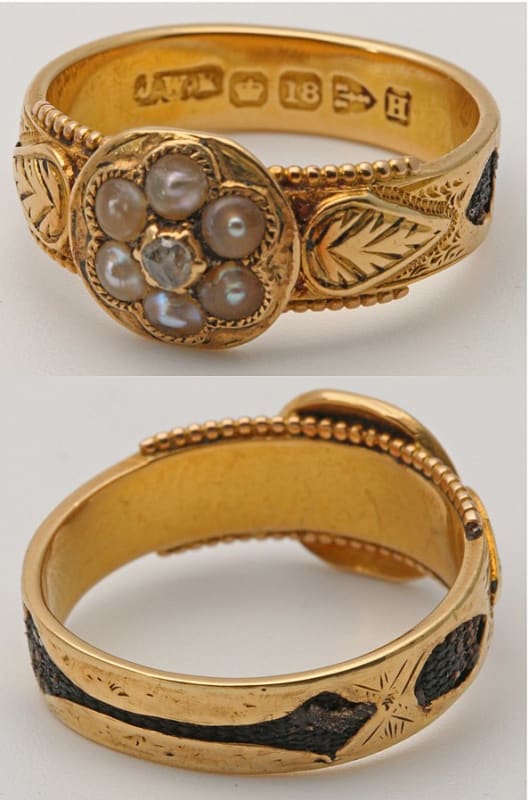
Fascinating and so interesting.
Really enjoyed reading this article.